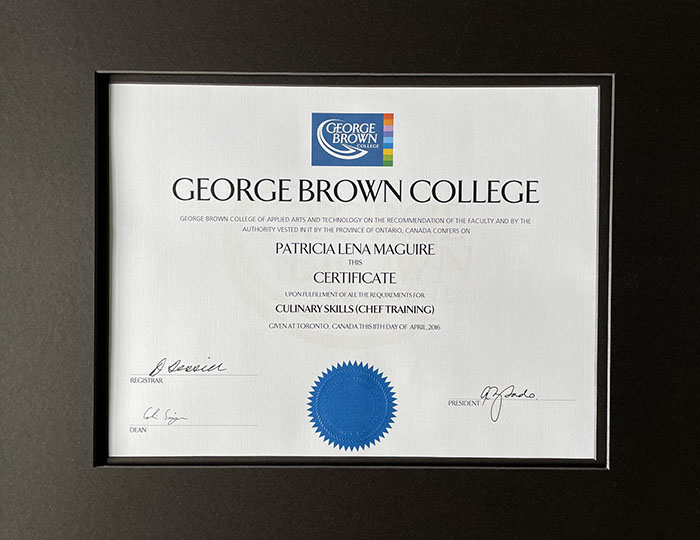- Home
- Books on Celiac Disease
- Breaking the Vicious Cycle
Review: Breaking the Vicious Cycle:
Intestinal Health through Diet - Elaine Gloria Gottschall, B.A, MSc
Kirkton Pr Ltd; Revised edition (August 1994) |
I did not receive a free copy of this book and I was not asked to review it. It's here because I view it as a useful resource.
If you want to buy it, click the photo or the link to Amazon. I will earn a small commission, at no cost to you.
About Breaking The Vicious Cycle
This book kind of turned my world
upside down. After I read the chapter on
Celiac Disease, I had to put it down for a bit to catch my breath.
The premise of the book is that intestinal diseases like Irritable Bowel Syndrome, Crohn’s Disease, Colitis, and Celiac Disease, result from the body’s inability to process complex sugars.
These sugars feed the unhealthy bacteria in the stomach and cause bloating, gas, and various toxins which can cause a multitude of issues.
If you know your celiac science, you might rejected this notion. After all every celiac knows that the disease is a genetic autoimmune condition caused by gluten, not starch. But if you're familiar with books like Dr. D.C. Jarvis’ “Folk Medicine” and recent work on sugar by Dr. Robert Lustig and Julie Daniluk, R.M.T. you might give this a second look.
The Story Behind Breaking the Vicious Cycle
Gottschall’s story is about her young daughter. She was having severe digestive problems including bleeding, along with night terrors. She had constant diarrhea and was not growing properly because of malnutrition.
After seeing many doctors who could not find answers, they finally found Dr. Sidney Haas. He was in his ninety’s at the time (this was in the 1960’s) and was trained before the primary focus of doctors was to prescribe medicine and do surgery.
Dr. Haas was the first doctor to ask Mrs. Gottschall what she was feeding her daughter. He prescribed the “Specific Carbohydrate Diet”. This diet is basically elimination of all disaccharides and polysaccharides (complex sugars). This means no starches such as grains or potatoes, no refined sugar and no lactose.
The daughter‘s symptoms settled down and within a few months she seemed to be nearly back to normal. Gottschall, then decided that she wanted to learn more about diet and why this diet in particular worked so well.
Elaine never had the opportunity to go to college because of the depression, so she decided then, in her forties was a good time. She studied bio-chemistry so she was able to include the science behind the diet in her book.
Elaine mentions in an interview that’s links on her website that much of what she found in her research was already available. Studies regarding diet, the body’s difficulty with complex sugars, especially if the digestive system is compromised, and diet prescriptions for digestive diseases was all published in the medical journals and archives of the late nineteenth and early twentieth centuries. Yet these studies had been buried in favor of the drug and surgical approaches to treatment. Breaking the Vicious Cycle digs up those archives and puts them back on the table as a viable and responsible approach to treatment.
It was the chapter on celiac disease that was a bit of a shocker for me. Elaine states that Dr. Haas had cured celiac disease a few years before she met him with the Specific Carbohydrate Diet (SCD).
It kind of makes sense that a celiac would get relief from the SCD because the elimination of all grains makes it a gluten free diet. But it goes further than that.
She says that the current gluten hypothesis is just that, a hypothesis. We really don’t know as much about celiac disease as you would be led to believe by reading all of the literature. She suggests that it’s not just gluten, but the way gluten interacts with the starch that causes the problem. She references experiments where the starch and gluten in wheat were separated, then recombined and given to celiac patients. They generally tolerated this quite well.
The surprising, and concerning claim is that the Specific Carbohydrate Diet cures celiac disease. The author says after being on SCD for a year or two, people have been able to slowly introduce forbidden foods. In many cases could go back to a normal diet.
My Review
Some things in this book really impress me, and some things really concern me.
Could it be that our whole understanding of celiac disease is wrong? Could we be operating on a bunch of theories that are being presented to us as facts?
Keep in mind that this book was originally published in 1994. It wasn't until the late 1990's that celiac disease was accepted as an autoimmune disease and linked to the HLA-DQ2 and DQ8 genes. And it was in 1997 that the role of the antigen tissue transglutaminase (TtG) was discovered.1
And the science has continued to evolved since then with the great work of people like Dr. Peter Green who wrote Celiac Disease, A Hidden Epidemic, and Dr. Alessio Fasano who wrote Gluten Freedom.
There is still no cure for celiac disease and that's the part that concerns me. Although I see lots of value and lots of good work in this book, the fact that Gottschall stated that celiac can be cured is a big concern. I wouldn't call it pseudoscience or outright misinformation so much as old information.
What impresses me about the book and about Elaine Gottschall's work with Dr. Haas is the fact that they recognized the connection between diet and disease so early and I think they may have been instrumental in bringing us back around to that view.
I'm also impressed with the work on sugar and how it affects the gut microbiome. New research is continuing to uncover the connections between sugar and gut dysbiosis2 and I find it amazing that they were onto this so long ago.
But what about the positive results that Gottschall and her colleagues had treating celiac patients with the Specific Carbohydrate Diet?
This is just my hypothesis, but consider this. We are still learning about non-celiac gluten sensitivity (NCGS). In the days of Gottschall's work, they didn't have the TtG tests for celiac that we have today, so is it possible that the patients she treated successfully had NCGS and not celiac? I think that could be the case.
Do I Recommend This Book?
Yes but with a few cautions:
- Remember that this work is 30 years old and the science has progressed
- Remember that there is currently no cure for celiac disease
- Consider the Specific Carbohydrate Diet as a possible path to relief for continued gut problems if you have celiac disease, but not as a cure.
Sources:
1. History of celiac disease. Beyond Celiac. (2022, April 22). Retrieved July 29, 2022, from https://www.beyondceliac.org/celiac-disease/celiac-history/#:~:text=1956%3A%20Dr.,disease%2C%20among%20other%20GI%20disorders.
2. Lustig, R. H. (2021). Metabolical: The lure and the lies of processed food, nutrition, and Modern Medicine. HarperWave, an imprint of HarperCollinsPublishers.
Home > Gluten-Free Lifestyle > Reading and Resources > Breaking the Vicious Cycle














